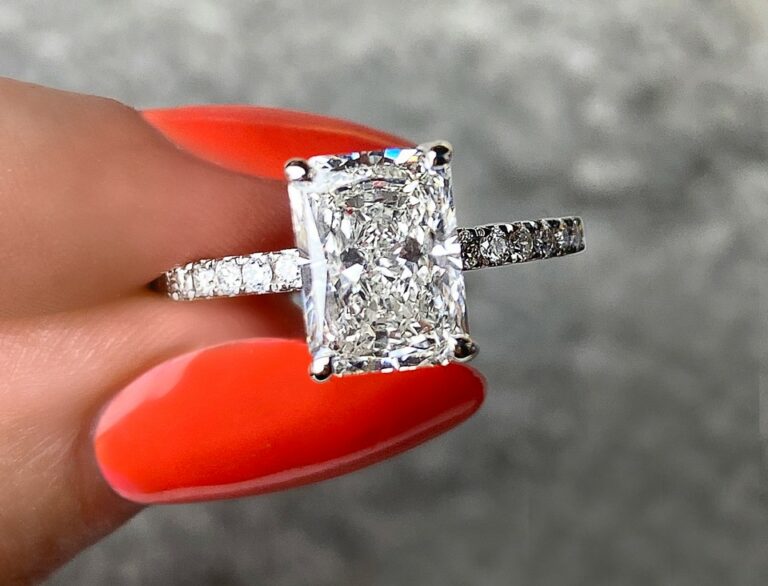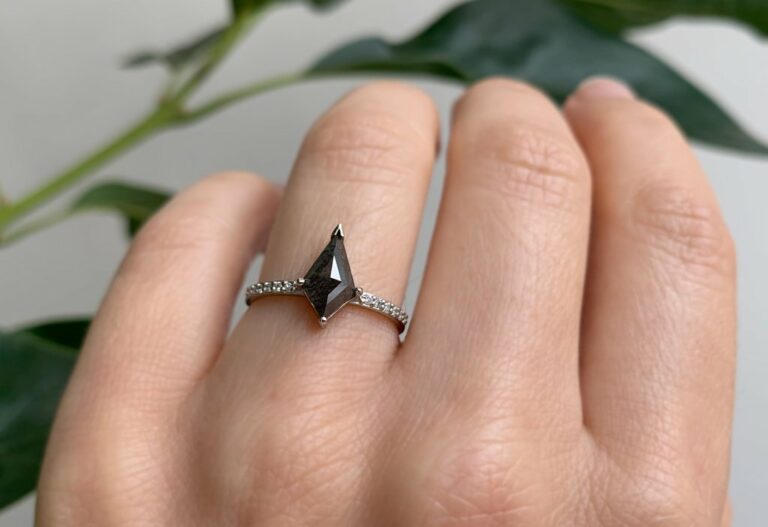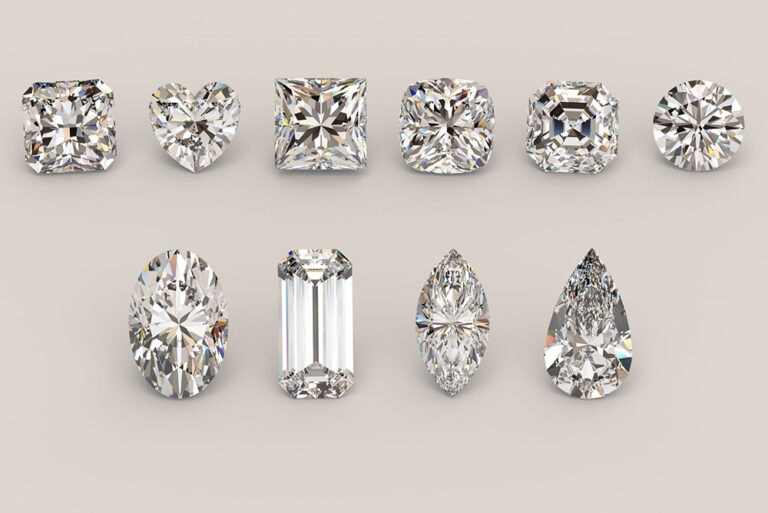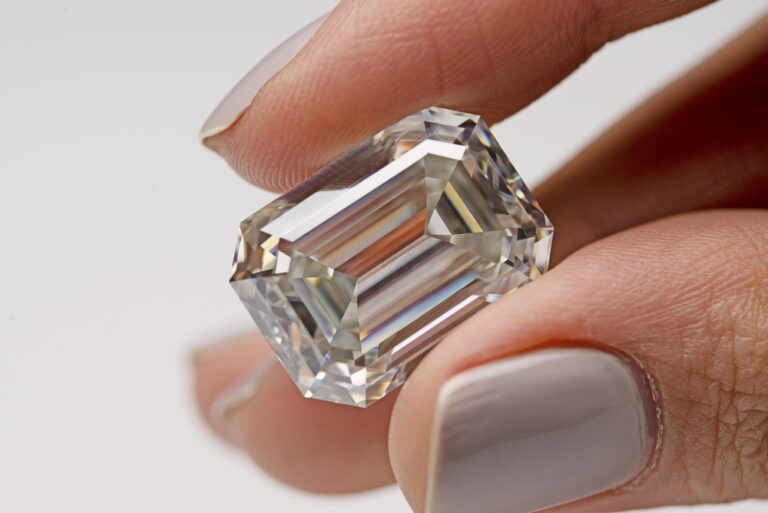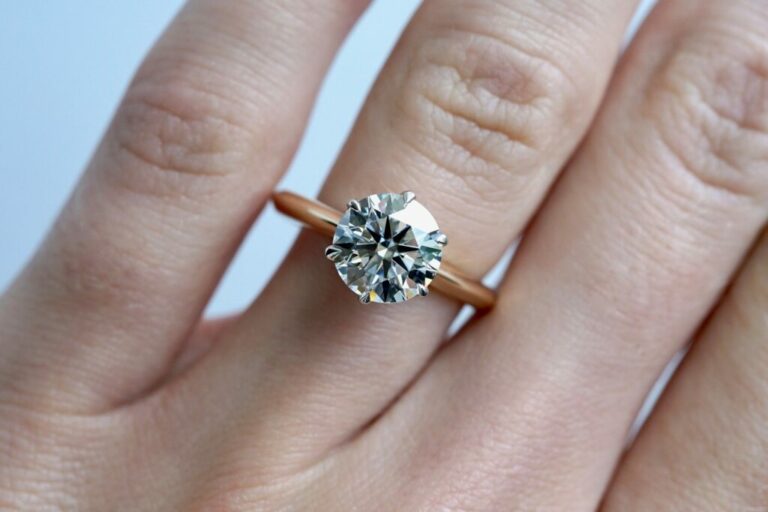7 Facts To Know Before Buying Natural Diamonds
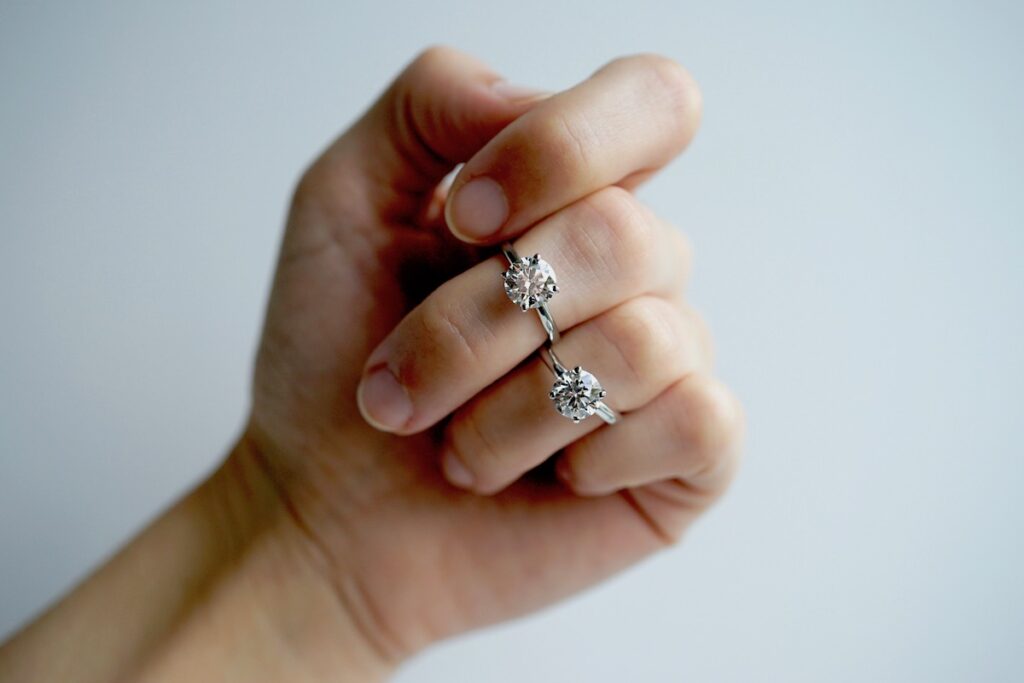
By Joe Liebenberg
The topic of diamonds being unethical and their association with blood diamonds is widely known. Spending exorbitant amounts on a diamond engagement ring that appears similar to others and has a questionable origin can be a turn off for many.
With so many stunning alternative options available, one may question if natural diamonds are truly worth the hype. Could lab-grown diamonds be the future of ethical and beautiful jewellery? We aim to provide a comprehensive understanding of this topic in an approachable manner.
Natural Diamonds: A Marketing Scheme
Before the legendary “A Diamond is Forever” marketing campaign by DeBeers in 1947, the idea of diamond engagement rings was not widespread. It was written by the talented female copywriter Frances Gerety. DeBeers faced a problem of surplus supply and limited demand in the early 20th century, and so they hired an advertising agency to increase demand for diamonds.
The campaign was so successful that the slogan was later named the “Slogan of the Century” in 1999. The idea of spending two months’ salary on a diamond ring became widely accepted as a norm. However, the question remains whether a mined diamond truly lasts forever.
While diamonds are the hardest substance known to us, they are not unbreakable and do not guarantee a happy marriage. Lab-grown diamonds are virtually the same material, and last just as long, but they didn’t receive a catchy slogan.
In conclusion, don’t let an advertisement dictate your purchasing decisions. Buy what you love and what represents your love for the person, and that’s all that matters.


Their Environmental Impact
As climate change continues to be a growing concern, more and more people are questioning the sustainability of natural diamonds. The process of diamond mining is highly impactful on the environment, including the disruption of almost 10m2 of land for every carat of diamonds mined and the wastage of tons of fauna.
Moreover, the carbon footprint of mined diamonds is substantial, releasing over 125 pounds of carbon dioxide for every carat, in comparison to lab-grown diamonds, which emit nearly ten times less, at just under 10 pounds. The water consumption of mined diamonds is also significantly higher, using more than 470l per carat, compared to lab-created diamonds, which require less than 67l.
While the natural diamond industry often criticizes lab-grown diamonds for their energy consumption, the truth is that mined diamonds consume a staggering 500 million joules per carat, while lab-grown diamonds consume half of that. Some producers of lab-grown diamonds have taken it a step further, using entirely renewable energy sources like solar or hydropower.
The Unethical Nature of Natural Diamonds
Diamond mining, whether large-scale or artisanal, involves human labor and is situated in communities where diamonds are a commodity. The ownership of the land, its exploitation and preservation raise questions about the fair distribution of income from diamond sales and the treatment of workers.
This is where the concept of “blood diamonds” arises, referring to diamonds sold to finance conflict and unrest, often obtained unjustly and with little compensation for the miners. This has raised significant ethical concerns, leading to the establishment of the Kimberley Process in 2000 to decrease the sale of conflict diamonds in the general market.
The Uncertainty About Their Origin
Diamonds are renowned for their enduring nature, yet their journey from the mine to the market has often been poorly documented. Despite the implementation of natural diamond tracing systems, such as the Kimberley Process, these measures are not completely foolproof.
Though most diamonds today come with a laser inscription of their grading report number to make tracking easier, they can still change hands multiple times before reaching their final destination.
In comparison, lab-grown diamonds typically have a more streamlined supply chain and are produced in a controlled environment, which reduces the risk of tracing. This often means that the manufacturer can sell the diamond directly to the consumer or retailer, with fewer steps and less human intervention involved.
Inflated Prices
It’s a well-known fact that natural diamonds are expensive. This is due to the high demand for them and their limited availability. Just like any other valuable commodity, diamond prices are influenced by various factors like market conditions, accessibility and global events. Moreover, a small group of companies controls a significant portion of the diamond market, enabling them to set their prices as they please. As a result, natural diamonds are seen as luxurious and their prices remain elevated.
However, if you’re looking to purchase a natural diamond without breaking the bank, there are alternatives. You can opt for fancy shaped diamonds instead of the more conventional round cut, which tends to be more expensive. Another option is to consider different diamond qualities, such as clarity and color.
Champagne diamonds and salt and pepper diamonds are unique and can offer substantial savings while still maintaining their beauty. There are plenty of stunning natural diamonds available that differ from the traditional options and offer a more cost-effective option.
Not All Diamonds Are Created Equal
Similarly graded diamonds can look and cost differently due to several factors. Diamonds are graded based on the 4 Cs: carat weight, cut, color, and clarity. While two diamonds might have the same grades in the 4 Cs, other factors such as fluorescence, inclusions and cut symmetry can greatly impact the appearance and price of the diamond.
The overall aesthetics of a diamond, such as its fire, sparkle and brightness can also vary and affect its value. Additionally, the market demand for a particular diamond shape, size, and color can also influence its cost. Therefore, even if two diamonds are similarly graded in terms of the 4 Cs, their differences in appearance and value can make them vastly different from each other.
Natural Diamonds Are Quite Common!
Think about it! How many people do you know who has one? Everyone’s mothers, sisters and cousins are rocking them. Are natural diamonds really that rare then? The answer to that is complicated. Despite the growth we’re seeing in the market for lab created diamonds, they’re still not as popular or in demand as natural diamonds.
In the last few decades there has been no major diamond deposit discoveries, so we are dealing with a limited resource. However, the diamond market is highly influenced and controlled, which means that there are companies out there with huge inventory that has not entered the market.
Need Help Buying a Natural Diamond?
Head on over to our diamond search where you can see 360-degree images of your next diamond. Not many online stores offer you this great feature, but we figured its best not to get surprised. Inspect your next diamond from all angles.

